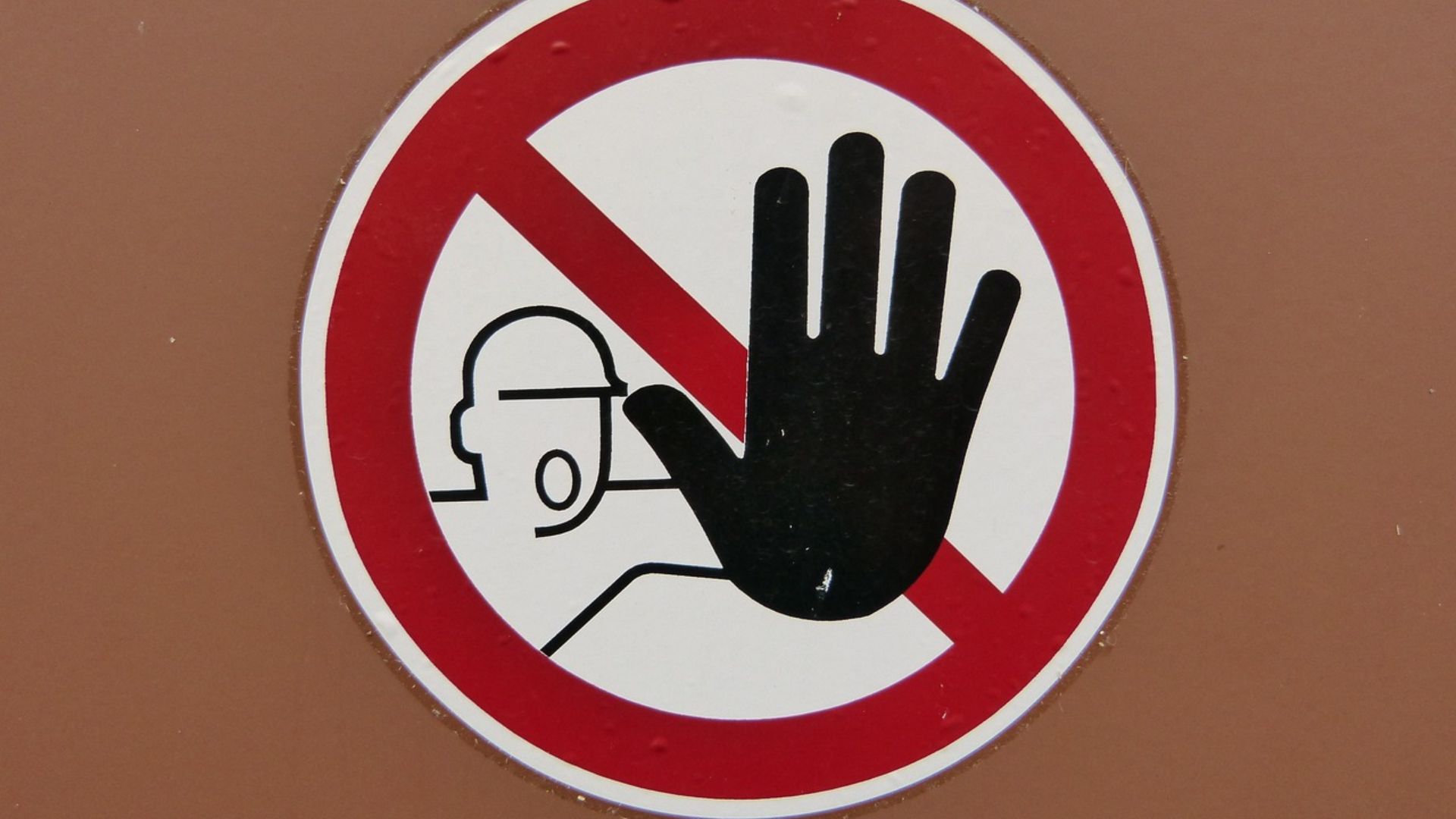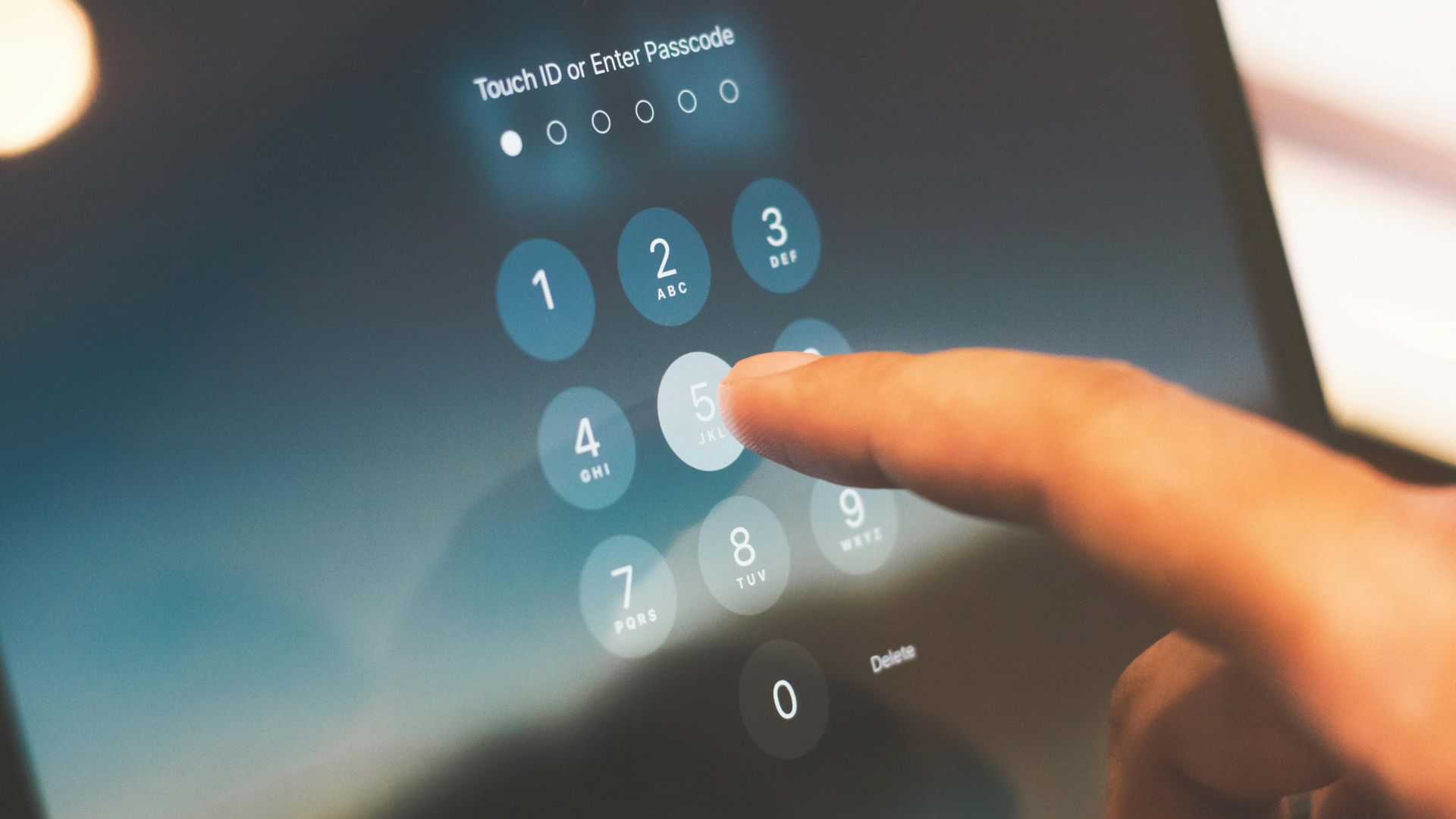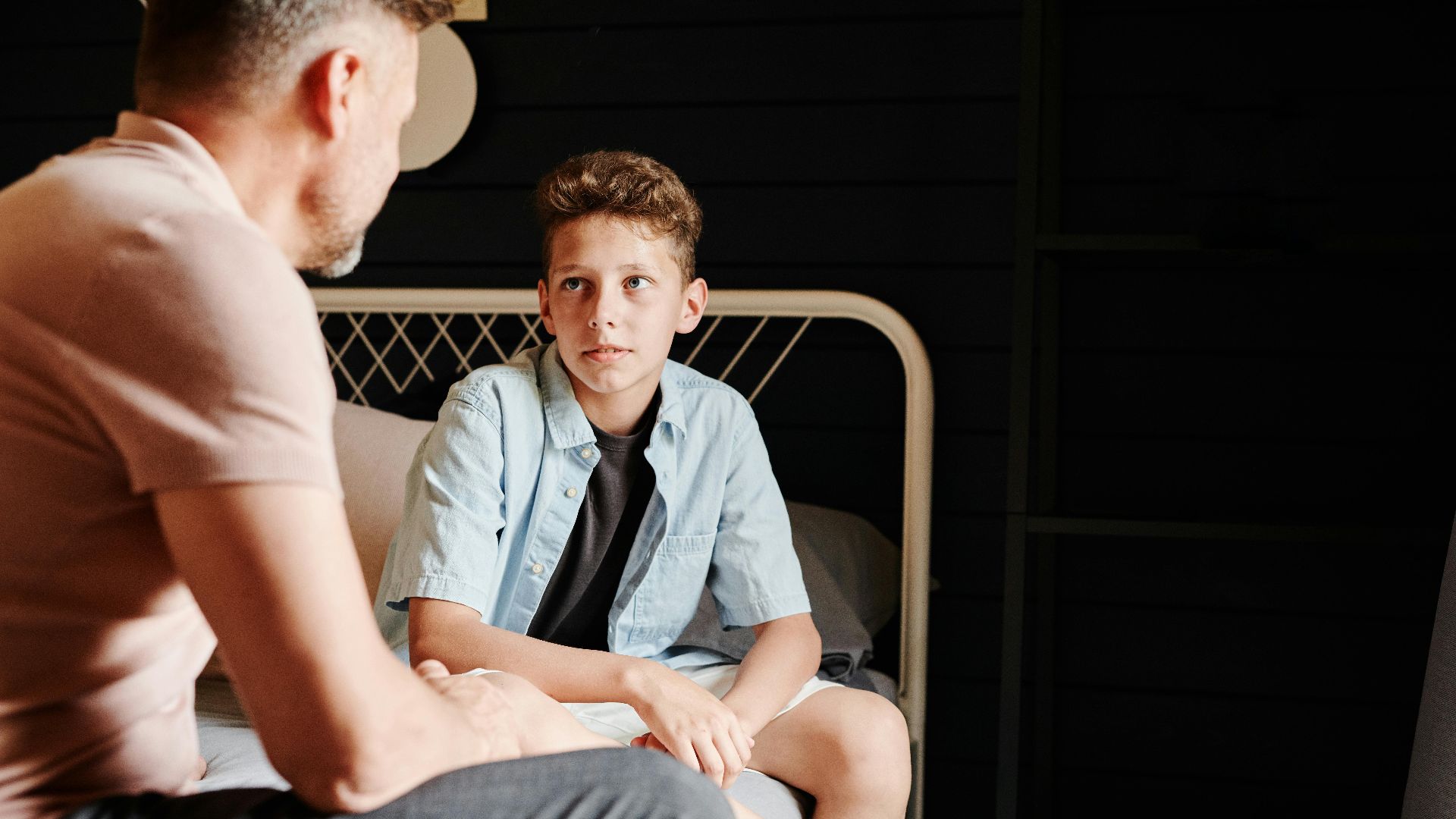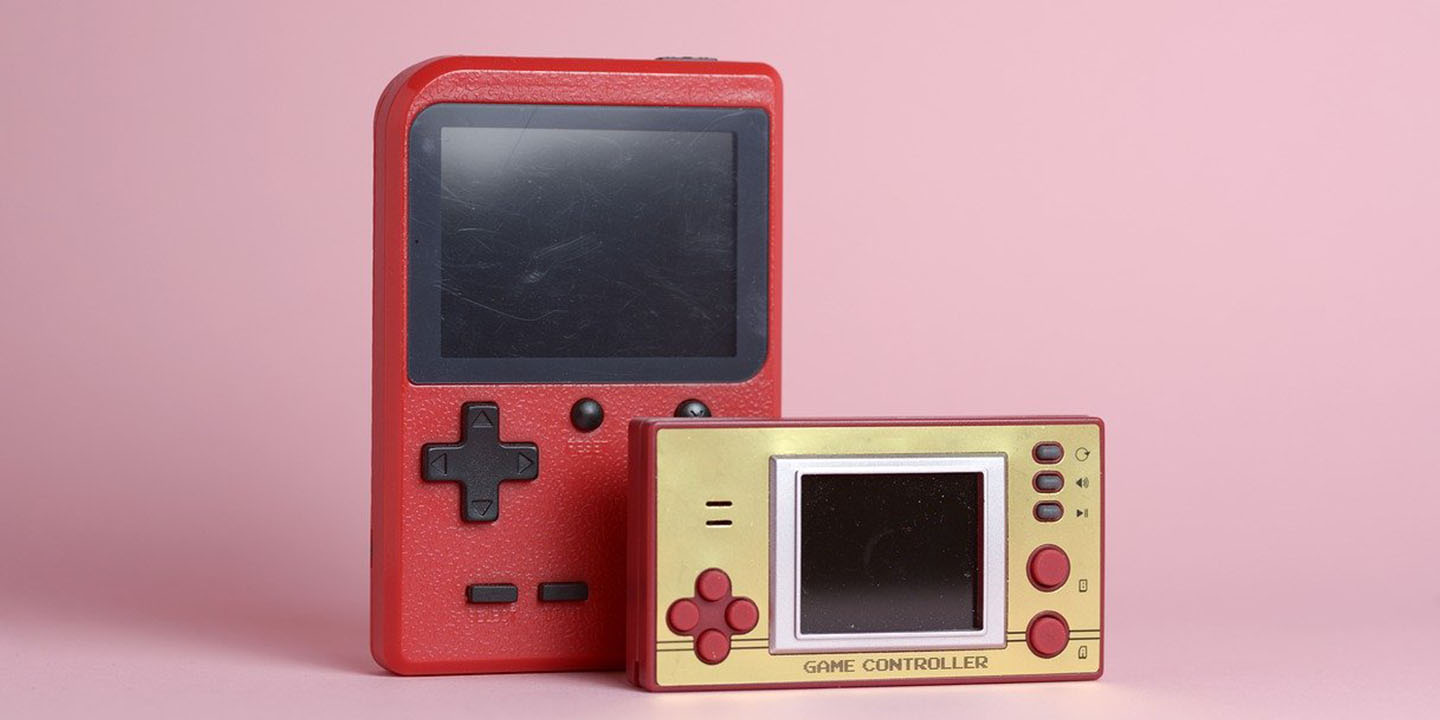Time To Tighten Things Up
Not every "no" needs a meltdown to follow. Kids naturally push limits, especially when those limits shift too often. As days get busier, discipline gets blurry. That's when parents start wondering how to regain control. Here, we'll break down 20 practical, healthy ways to be more firm and clear in everyday situations where your kids take it too far.
1. Set Clear Expectations From The Start
Before the chaos begins, spell out what’s okay and what’s off-limits. Whether it’s taking turns with a tablet or staying buckled in, kids need specifics. So, don’t wait for problems to make rules. Lay the groundwork early and make everyone’s day smoother.
2. Use Positive Reinforcement Strategically
Celebrate effort, not just outcome. A child who brushes their teeth without reminders deserves a high-five. Praise the behavior you want repeated, but don't overdo it, as constant cheerleading loses impact fast. Make reinforcement thoughtful and specific. Even quiet acknowledgment can spark big behavior shifts.
3. Avoid Yelling And Shaming
When anger replaces guidance, kids focus on tone, not truth. Shaming phrases like "Why can’t you be like your brother?" crush confidence. Discipline should never humiliate. Just speak firmly. When silence is paired with a serious look, it can be more powerful than yelling.
4. Stay Consistent With Consequences
Consequences only work when they’re reliable. The moment you backtrack, kids notice—and test the boundaries harder next time. So, even when it’s inconvenient, hold the line. It shows you mean what you say—and that builds trust, not tension.
5. Lead By Example Every Day
Modeling always beats lecturing. Want respectful speech? Use it. Expect calm reactions? Show restraint during stress. Children learn more from your tone, gestures, and habits than your words. Your behavior sets the ceiling for theirs. So, be the discipline you expect from them.
 Sebastián León Prado on Unsplash
Sebastián León Prado on Unsplash
6. Keep Discipline Age Appropriate
Toddlers don't need lectures; teens don't need sticker charts. You need to tailor discipline to their maturity level. Young children respond to immediate, simple feedback, while older kids benefit from discussion and reflection. Misaligned tactics confuse and frustrate. Adjust your approach as they grow.
7. Create A Routine That Supports Rules
Even the wildest child can follow a rhythm. A clear routine—wake, dress, breakfast, school—builds a structure that reduces meltdowns. Routines shape behavior naturally. You can use visual charts for younger kids and involve teens in planning. Predictability curbs chaos better than punishment.
8. Implement Logical Consequences
Let the consequence fit the mistake. For example, there is no replacement for a broken toy after rough play and no video games if they do not finish homework. Logical consequences connect behavior to outcome and make lessons stick. This clarity helps kids understand cause and effect.
9. Establish Tech Rules With Firm Limits
Boundaries around tech and gadgets need structure, not suggestions. Try to designate device-free zones and stick to shutdown times, especially before bed. Children often mimic adult tech habits, so check your own use, too. Be the firewall your family needs.
10. Use Time Outs With Purpose
Timeouts aren't punishments but breaks for recalibration. One minute per year of age is enough. Use them immediately after misbehavior, and explain why. Calmly escort your child, then discuss afterward. When used right, timeouts teach them to pause and reset.
11. Hold Family Meetings To Address Behavior
Tired of repeating rules? Call a meeting. Weekly sit-downs give children a voice and make discipline feel fair. Let everyone share concerns, including you. Set one new rule or goal. Such group agreements stick better than top-down mandates.
12. Stay Calm And Emotionally Neutral
Anger clouds your judgment, and kids watch your face more than your words. If your voice shakes, take a pause. Discipline delivered with emotional steadiness carries more weight. Emotional control doesn't weaken authority but sharpens it. With that, you're not scolding the kids. You’re steering them.
13. Avoid Empty Threats
"No TV ever again!” Kids know that's a bluff. Idle threats like this destroy trust and train children to tune you out. Only promise consequences you're prepared to enforce. It's better to say less and follow through than roar empty warnings. Discipline demands credibility.
14. Make Rules Visible In The Home
Tape the rules to the fridge. Maybe use pictures for toddlers and checklists for tweens. These are visible rules that reduce power struggles and reinforce memory. Soon, sticky notes may just be the answer to tantrums. Seeing one will be a reminder of the rules, especially for visual learners.
15. Focus On Behavior And Not Character
Never label the child. Instead, address the choice. Say, "That was unkind," not "You're mean." One phrase builds growth; the other builds shame. Kids repeat what they believe about themselves. So, try to help them believe they can do better. Critiquing behavior encourages change without damaging identity.
16. Use Natural Consequences When Safe
Forget punishment and let reality teach. Didn't wear gloves? Cold hands follow. Ignored reminders? Missed recess. Natural consequences teach faster and deeper than lectures ever could. Therefore, when life delivers the lesson, step aside and let it land. However, don’t risk their safety in the process.
17. Replace Guilt With Firm Resolve
Emotions don't equal instructions. Guilt makes you over-explain, second-guess, and sometimes cave. Children don't need apologies for limits but certainty. Feel bad later if you must, but don't waver in the moment. Clarity today prevents chaos tomorrow, so stand firm without snapping.
18. Set Limits On Negotiation
Give too much wiggle room, and the rulebook turns into a suggestion box. Yes, choices matter. But when every "no" turns into a debate, your authority erodes. Allow negotiation windows, like before bedtime and not after. Set some limits: "You can choose your snack, not your bedtime."
19. Set Consequence Levels For Repeat Behaviors
Like traffic tickets, one warning is mild, and the same infraction again leads to a bigger fine. Escalating consequences shows kids that repeating missteps cost more. This method teaches responsibility while keeping punishments proportional. When rules have levels, kids stop testing after the first bump.
20. Practice Immediate Feedback
Instead of waiting hours to talk about what happened, correct behavior on the spot. Kids under ten especially benefit from quick, clear responses. Interrupt the moment, name the behavior, and redirect. Later, reflect if needed. Timing teaches best, so strike while the behavior's still warm.



























